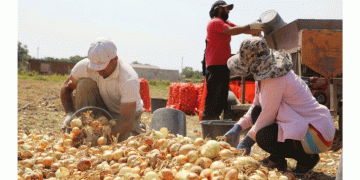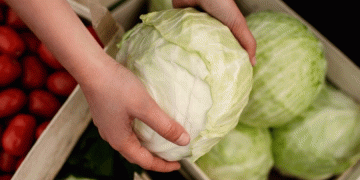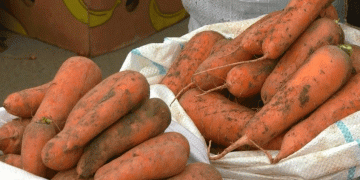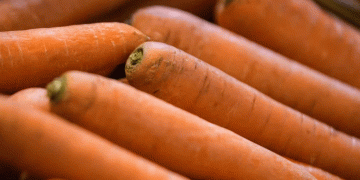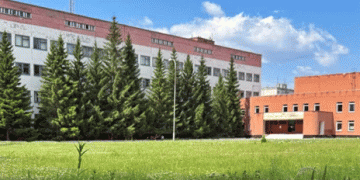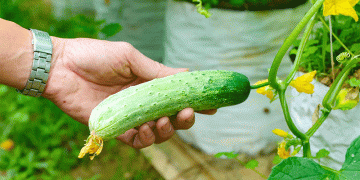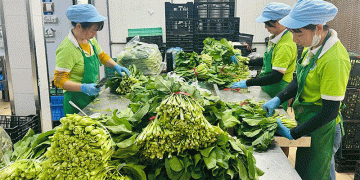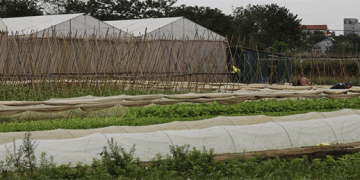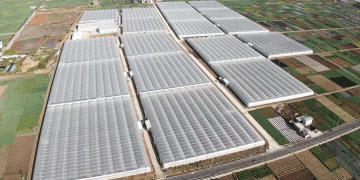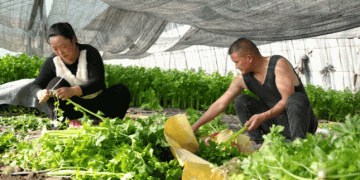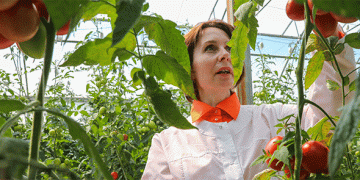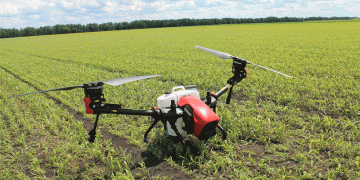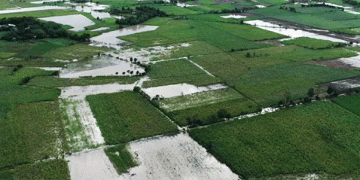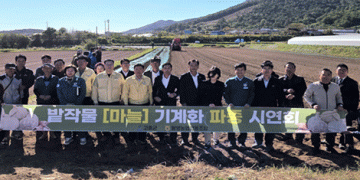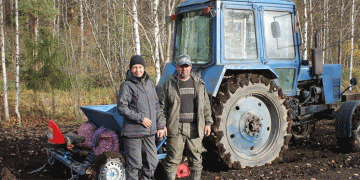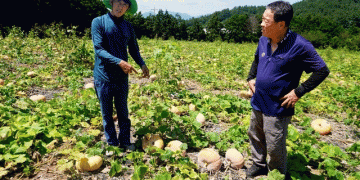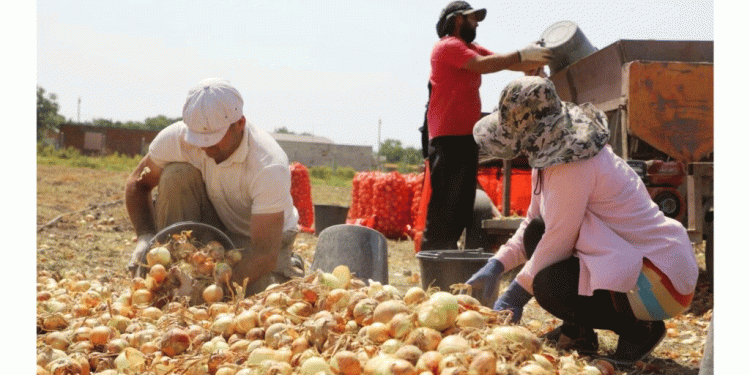The agricultural season in Dagestan’s Kizlyar District is in full swing as farmers start gathering vegetable crops. The first harvest was initiated by IP Shamil Magomedov, a farm known for its year-round production of diverse vegetables. Located in the village of Kardonovka, the farm operates a 3,000-square-meter greenhouse complex until June, after which open-field harvesting begins on leased land.
Currently, workers are manually harvesting autumn onions (“Speshin Medaljon”) across a 6-hectare plot, with sorting done using locally designed equipment. However, yields have been impacted by unfavorable weather—spring frosts reduced winter onion output to less than 600 centners per hectare, below initial expectations. Meanwhile, 4 hectares are dedicated to sweet salad onions (“Yaltinsky”), and neighboring plots grow tomatoes.
Expanding Vegetable Production and Market Opportunities
This year, Kizlyar District allocated over 3,000 hectares for vegetable cultivation, with 528 hectares managed by agricultural enterprises. Raziyakhan Alilova, Director of the Municipal Agricultural Department, noted growing interest in vegetable farming, driven by direct sales channels like marketplaces, which help farmers bypass intermediaries and expand their reach.
Globally, climate-related yield fluctuations are a growing concern. According to FAO (2023), extreme weather events have reduced vegetable productivity in some regions by 10-15%. However, innovations in greenhouse farming and sorting technologies, as seen in Magomedov’s farm, offer resilience.
Despite climate challenges, Dagestan’s farmers are adapting through technology and diversified sales strategies. Strengthening direct market access and investing in resilient crop varieties will be key to sustaining growth in the region’s vegetable sector.
